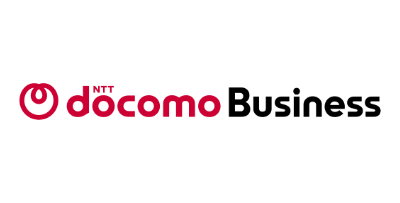2025 NaaS Accelerator
Silent Comet
AIOps
Silent Comet demonstrates how Agentic and Generative AI can transform the way we sell, design, deliver, and operate Network-as-a-Service (NaaS). The showcase brings together practical examples of how customer experience and operations can be reimagined through intuitive, conversational interactions with NaaS platforms.
We’re demonstrating how AI can support users and sales teams with faster, more accurate service proposals and also how AI agents simplify complex Providers’ processes, making them more efficient and accessible to both experts and non-experts. We’re also showcasing how NaaS Providers can leverage AI to accelerate network design, troubleshooting and reduce mean time to resolution. By automating key steps in the entire network service lifecycle from ordering, design, optimization, to service assurance, Silent Comet lowers barriers to NaaS adoption.
The proposed solutions builds on modular, reusable AI agents that work seamlessly with Open Standard APIs and data-driven architectures. It reflects Mplify’s vision for a more adaptive, automated, and customer-friendly NaaS ecosystem.
Silent Comet is not just a demo—it is a reference design for the future of AI-powered network services. GNE attendees will experience first-hand how AI can drive operational efficiency while unlocking new revenue opportunities.
Five Practical Use Cases
The 2025 Silent Comet showcase demonstrates how Agentic and Generative AI enhance NaaS by enabling automation, accessibility, and closed-loop operations across the entire service lifecycle. It covers five practical use cases:
1. 360° User Experience
- Goal: Provide a unified platform consolidating multiple apps, APIs, and departments.
- Value: Reduced MTTR, lower integration costs, seamless service lifecycle support.
- Key Tech: Multi-layer AI agents (orchestration, domain-specific agents, shared tools).
- Outcome: Faster troubleshooting, improved service assurance visibility, intuitive customer experience.
2. AI-Assisted Service Ordering
- Goal: Simplify service ordering for non-experts using natural language interactions.
- Value: Reduced order errors, faster service activation, lower management costs.
- Key Tech: LLMs (NL-to-API), LangGraph, NaaS API execution.
- Outcome: Intuitive chatbot ordering interface, streamlined provisioning, enhanced adoption.
3. AI-Assisted Network Design
- Goal: Enable non-experts to design valid, compliant networks via conversational guidance and visualization.
- Value: Faster onboarding, fewer design errors, higher win rates.
- Key Tech: LLMs, topology validation via NetworkX, React Flow visualization.
- Outcome: Simplified design-to-order, improved proposal accuracy, stronger adoption of NaaS.
4. AI-Driven Network Optimization
- Goal: Propose optimizations at order time and during operations (performance, security, cost).
- Value: Increased adoption of value-added services, better bandwidth utilization, higher customer satisfaction.
- Key Tech: LLMs, recommendation systems, predictive analytics.
- Outcome: Adaptive and efficient NaaS usage with proactive improvements.
5. Automated Troubleshooting with AI
- Goal: Speed up fault detection and resolution by automating troubleshooting tasks.
- Value: Reduced downtime, improved SLA compliance, minimized escalation effort.
- Key Tech: LLMs, anomaly detection, root cause analysis models.
- Outcome: Faster MTTR today (device-level), evolving to automated Tier-1 incident handling.
Overall Impact
Silent Comet demonstrates how AI unlocks the full potential of NaaS by:
- Lowering the entry barrier for non-experts.
- Improving operational efficiency and reliability.
- Enabling elastic, adaptive, and customer-friendly service ordering, design & delivery.
The showcase is designed to inspire collaboration, proving the value of AI for NaaS service providers, technology vendors, and enterprises alike. Ultimately, Silent Comet shows that the future of NaaS is not only automated but also intelligent, elastic, and human-centric.
Multi-agent LLM System – Blueprint for Telecoms
A free pragmatic guide to production-ready AI adoption.
Our white paper presents a framework prepared by the domain experts and validated by telecom service providers. It provides a clear adoption route: start scoped, prove value quickly, keep architecture lean, expand only when KPIs validate investment.
You’ll learn:
- How to scope pilots that prove value fast.
- Quality gates that prevent hallucinations and data leakage.
- Architecture patterns for integrating AI with existing OSS/BSS.
- Governance structures that accelerate deployment.
Download the complete free White Paper, Multi-agent LLM System – Blueprint for Telecoms, PDF



